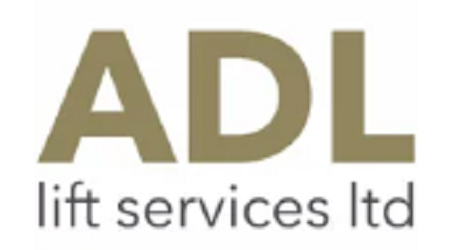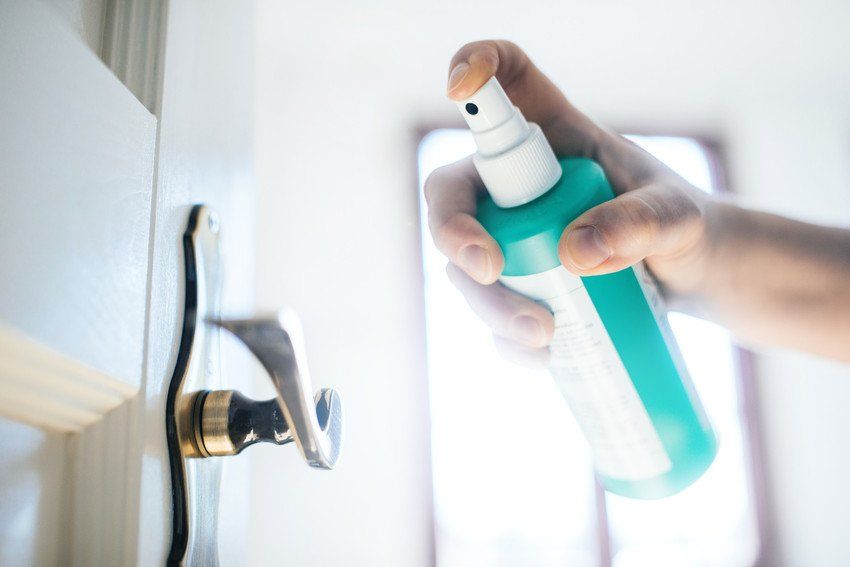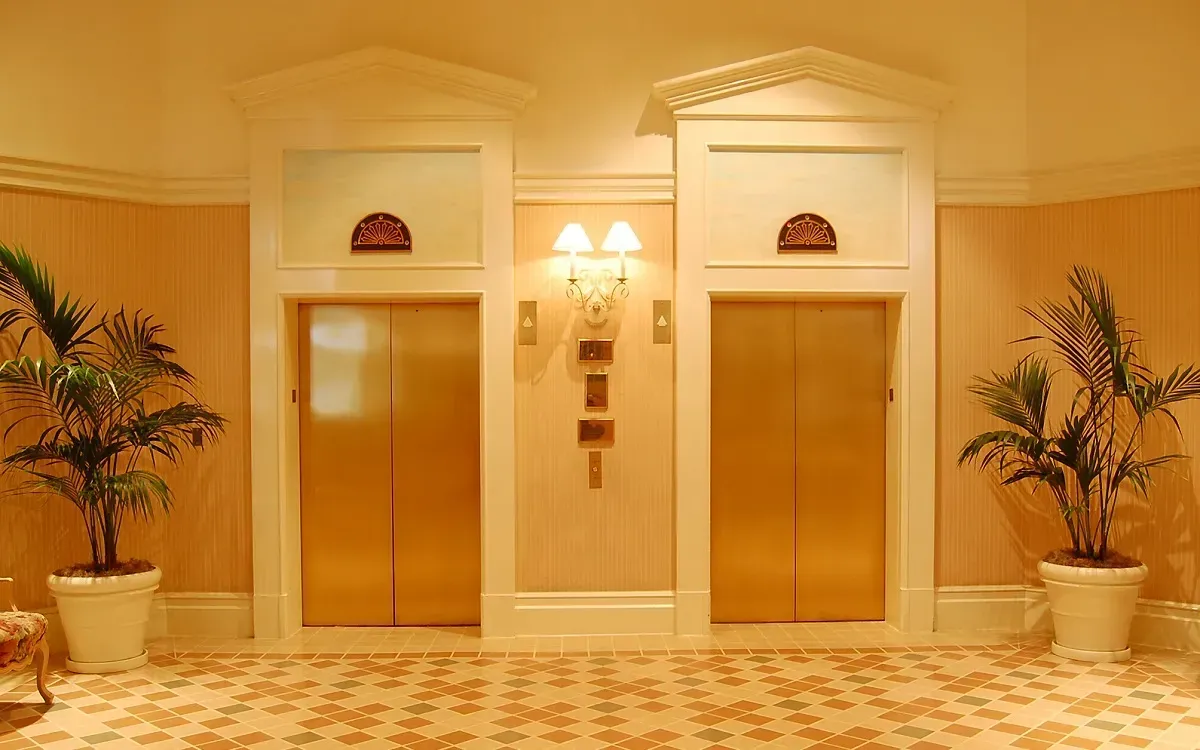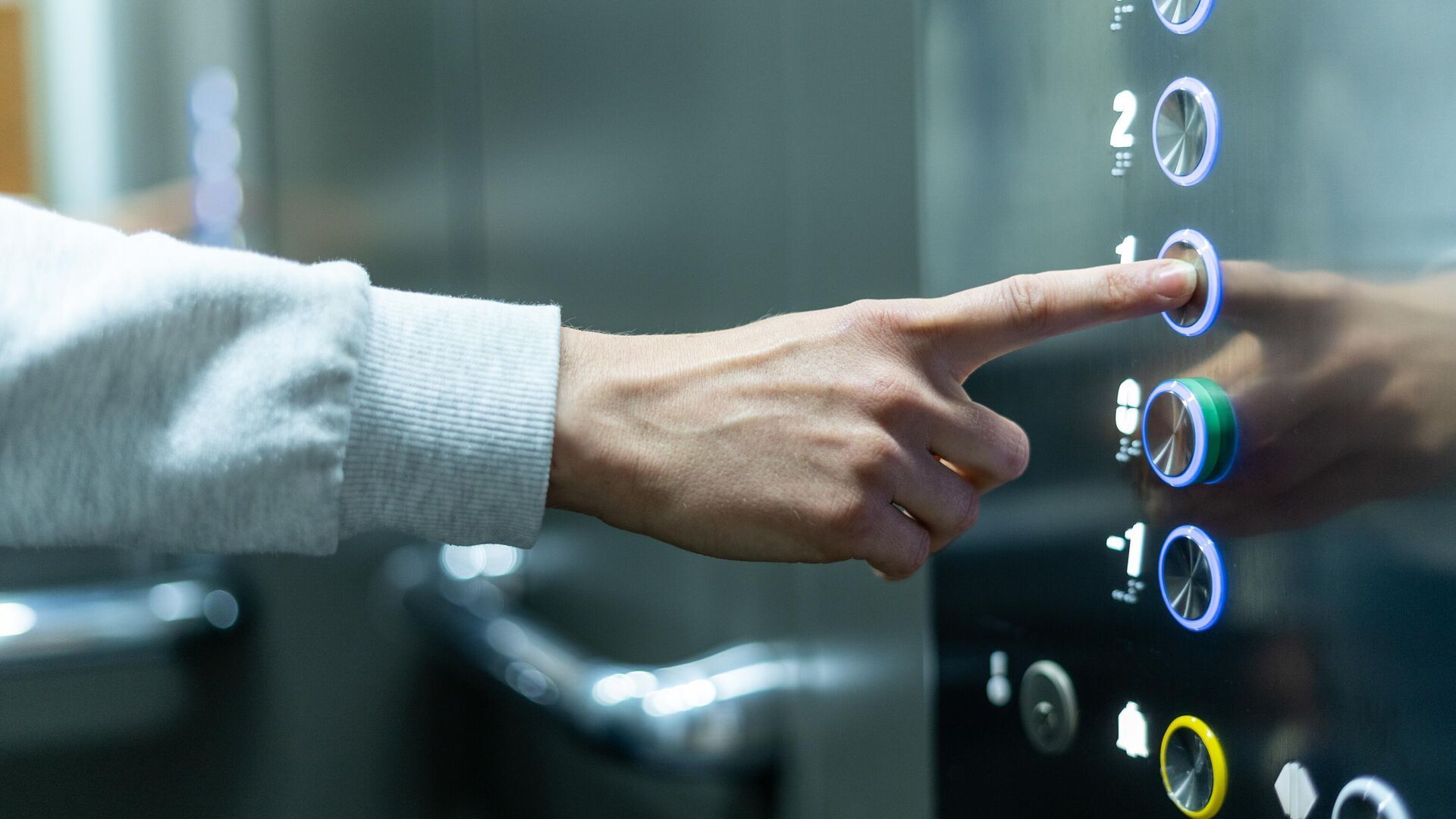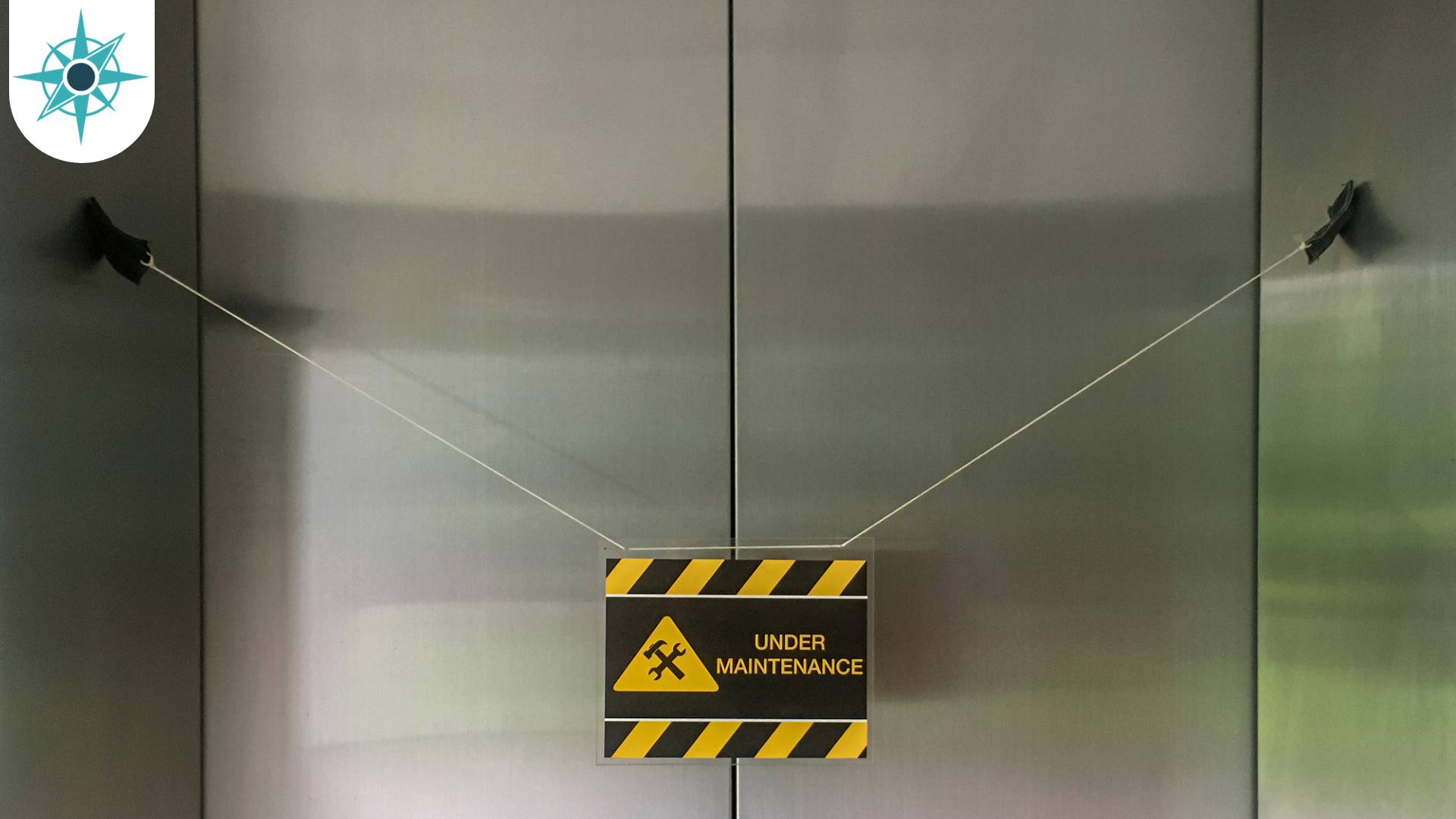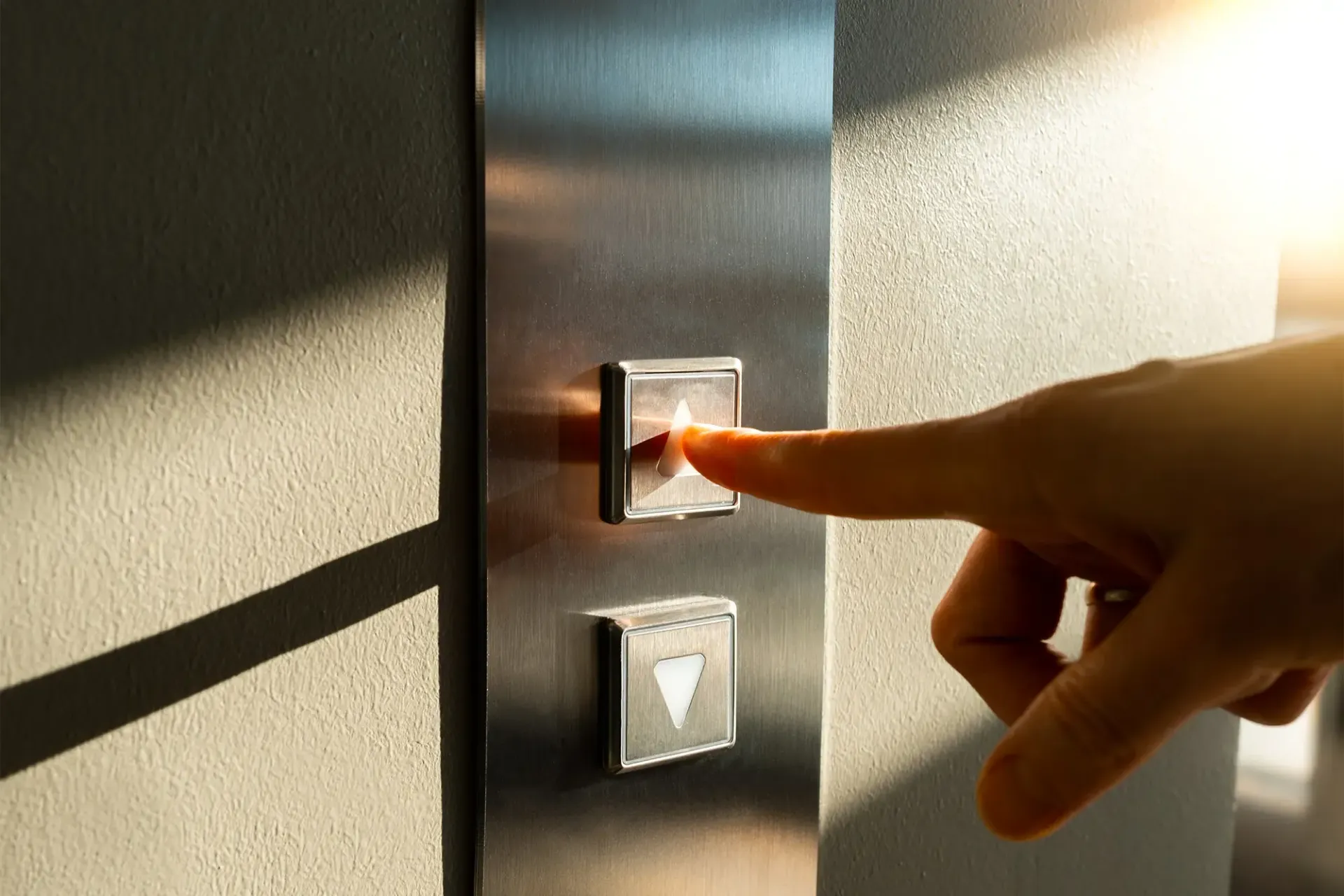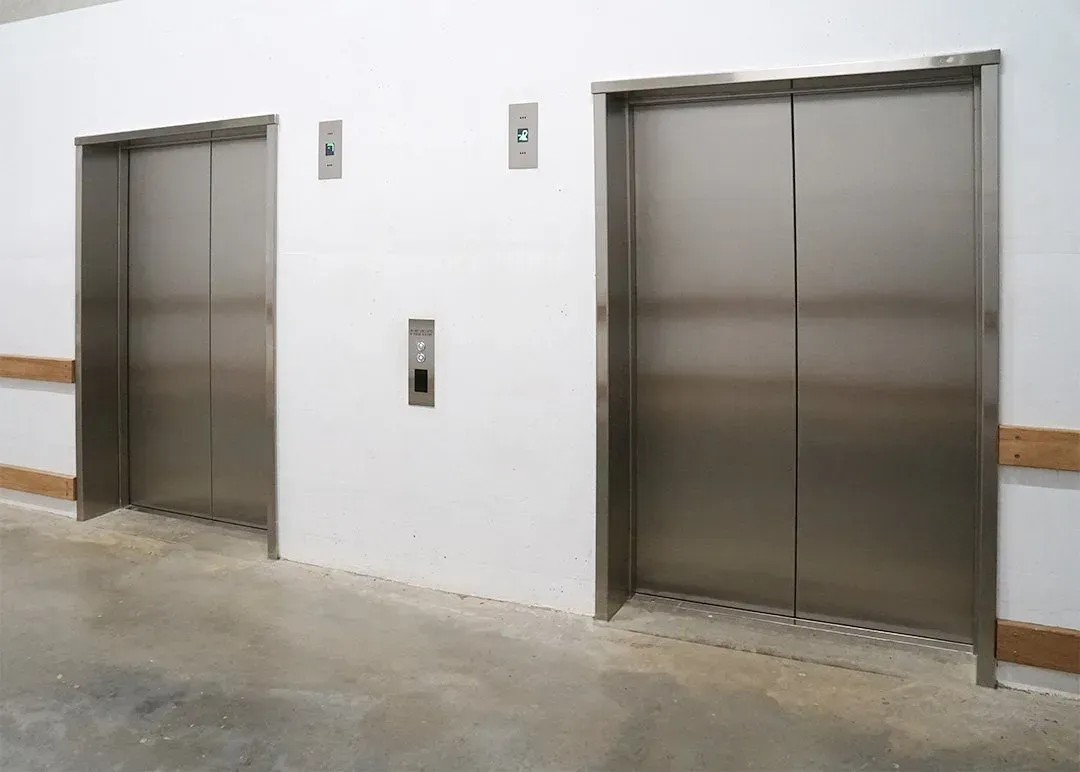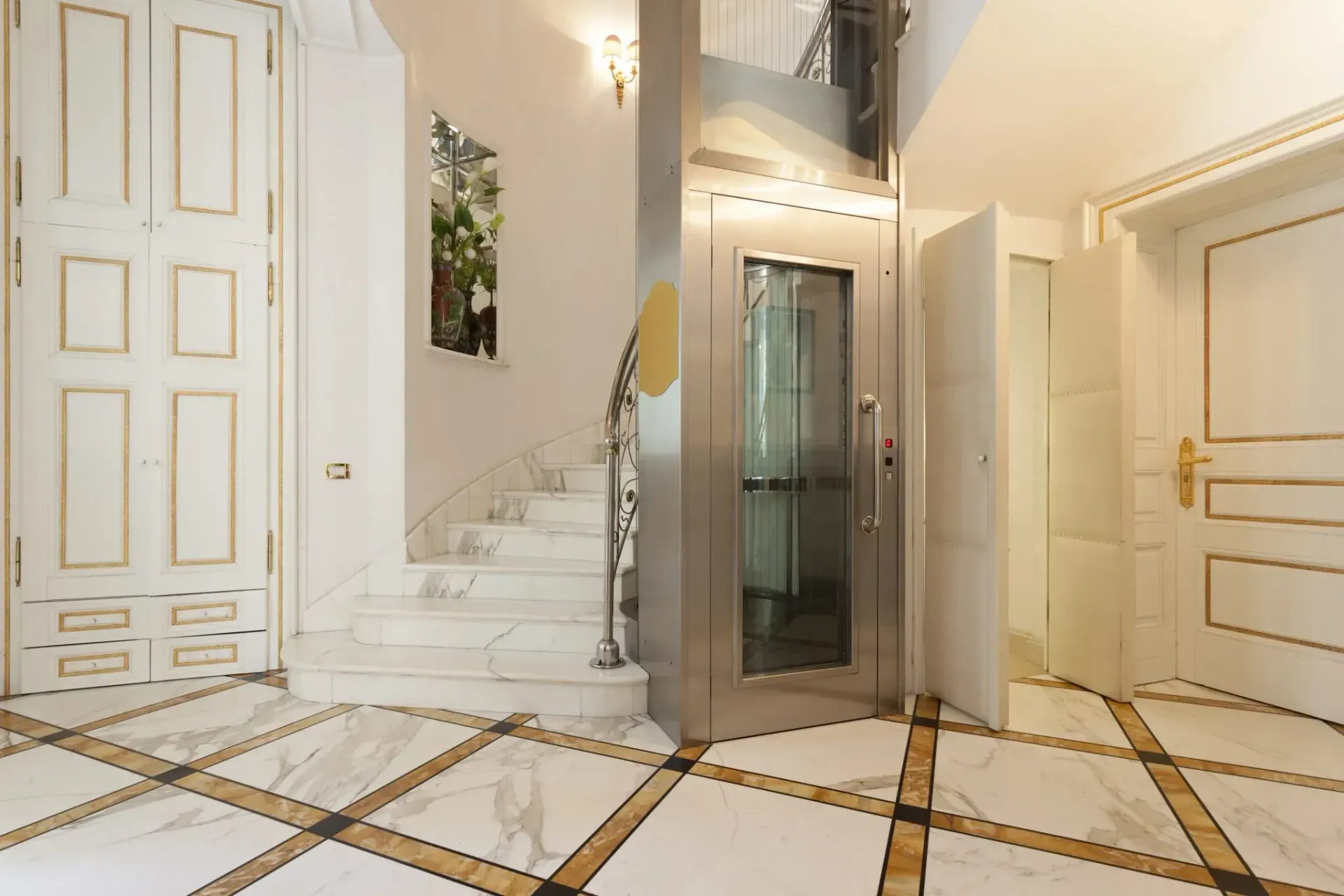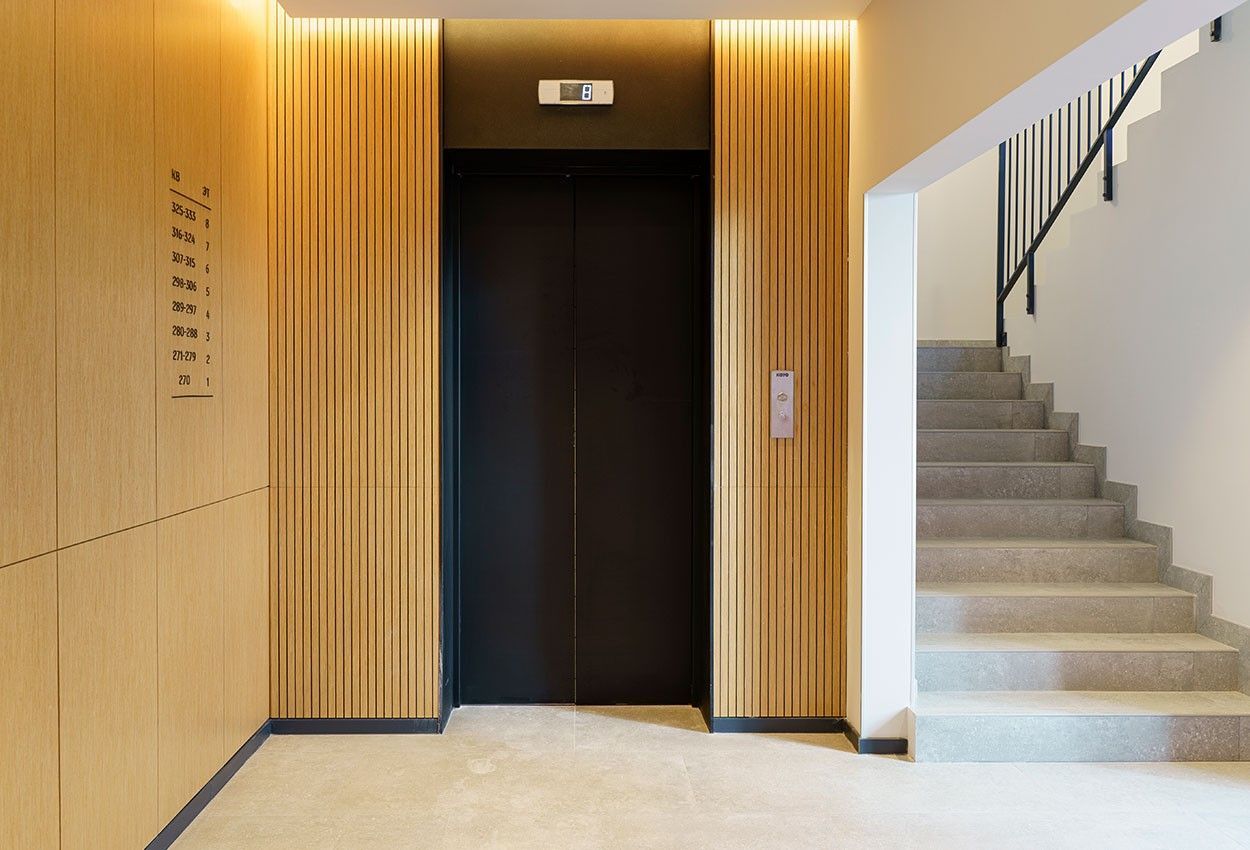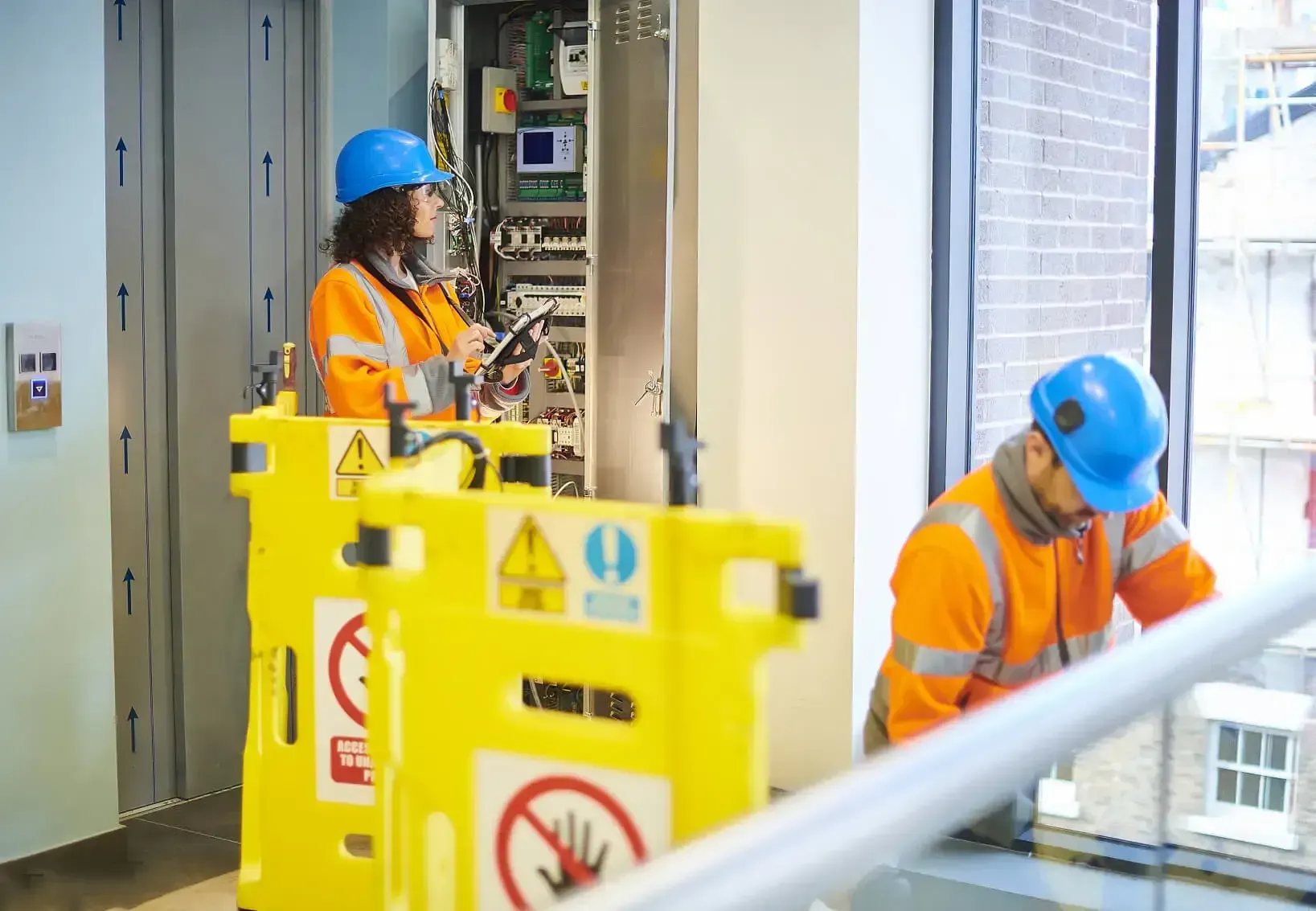How You Can Increase Lift Hygiene
In light of recent world events, it’s important that workplaces, public buildings or anywhere that utilises lifts are responsible for the maintenance and upkeep of them - not just during these difficult and uncertain times but also moving forward.
Lift cleaning is always a good idea and certainly relevant, however, this blog can hopefully act as a helpful guide for shedding light on how you can increase your lift hygiene adhering to recommended guidelines.
In view of recent events and the spread of COVID-19, high standards of cleaning and disinfection in lifts are so crucially important to everyone. As well all know, bacteria and dirt can hide and make itself invisible. Shoes can imprint dirt on the floor and of course, lift users’ hands can leave marks on the handrails and bacteria can be hidden on the surface of the lift buttons which allow us to move between floors.
In lots of work environments, offices or even apartment blocks and flats, the lift is one of the first places a person is likely to step into. It’s crucial to be mindful of the surfaces we all touch, not just for our personal safety but for others around us too.
For all people who own a lift, building owners and facility managers, lift cleaning should be a regular activity and certainly must not be overlooked, especially at the minute. In order to assist you, we have collated some essential information regarding cleaning your lift so that every person who enters it, will feel safe to operate it and travel between floors and you will have the security and knowledge that your lift is not just in good working condition but also clean.
In this current climate, we’d advise using a cloth along with a sanitiser as a starting point. Use the damp cloth with circular movements to clean the surrounding surface of the doors outside of the lift, this could perhaps be colour coated or a stainless steel surface but it requires the same process of sanitizing. For this, using cleaning products which are safe for domestic and commercial uses to clean the doors. We would recommend avoiding sponges for this task as extensive moisture can damage electrical parts such as any push buttons located on the exterior of the lift.
The current recommended advice is, cleaning an area with normal household disinfectant after someone with suspected coronavirus (COVID-19) has left the vicinity, will lower the risk of passing the infection on to other people and using household cleaning products is fine. If possible, it’s advised that you wear disposable or washing-up gloves and aprons for the cleaning. These need to be double-bagged, then stored securely for 72 hours then chucked away in a regular bin after cleaning is complete.
If a lift has been heavily contaminated, such as with visible bodily fluids due to coughing and sneezing from a person with possible coronavirus (COVID-19), it's recommended that you use protection for the eyes, mouth and nose, as well as wearing gloves as well as an apron.
Steps for starting the cleaning process:
Prior to anything else and before proceeding any actions, make sure that you have:
●Isolated the lift doors - switch the power off
●For home lifts - the lift’s electrical power has been switched off
●For passenger and platform lifts - doors have been isolated
You will now be able to move safely in and out of the lift itself without worrying about lift doors closing or any kind of obstruction. We recommend using relevant signage to make it known to any potential lift users that they will not be able to use the equipment while you are cleaning. After you have ensured all precautions have been put in place, you are now ready to get started.
Start from the bottom and work your way up
It is very practical to clean the lift beginning from the inside working from top to bottom as this prevents already clean surfaces from being contaminated with any dirt and bacteria. It’s always advisable to use non-corrosive cleaners - no one enjoys a lift ride with lingering odour. Using a disposable cloth, you’ll want to wipe down hard surfaces with warm soapy water. Then disinfect these areas with the cleaning products you would regularly use. Pay close attention to regularly touched areas and surfaces, such as hand-rails, buttons as well as door handles.
Use an antibacterial cleaning spray or wipes, wipe handrails and keypads. Use a microfiber cloth to wipe these areas and remove any embedded dirt, dust or hair. Clean the buttons first with light and delicate strokes. Deter from spraying directly on the control panel surfaces as there will be an increased risk of damaging the electrical components on the keypad. You don’t want the cleaning liquid to seep inside of the control panel.
Cleaning the elevator car and doors
Use a damp cloth to clean the lift doors and any steel surfaces. On the other hand, you can use a non-abrasive cleaner - just remember to dust and dirt which can fall from the ceiling of the lift. You might need a step ladder varying on the height of the elevator to help you reach the ceiling safely. This allows you to safely clean the ceiling and the high parts of the lift doors and the lift walls.
We recommend you not to use harsh cleaning chemicals to sanitise stainless steel and colour-coated surfaces. These surfaces are sensitive to various cleaning products and you may damage them. To give a nice and shiny surface for any stainless steel surface, you can actually use a few drops of baby oil and a cloth to polish them and this will not impact the overall hygiene of the surface.
An additional tip is that shoes, trolleys and wheelchairs can transfer all sorts of dirt to your lift car floor, so we advise floor cleaning too. There are different flooring surfaces in lifts so we advise brushing and vacuuming carpeted floors and polish and clean tiles and steel floors.
Don’t forget to vacuum the gaps and cracks between the doors at each floor level. Once all large scraps and dirt have been hoovered up, wipe the stainless steel surfaces with a clean damp cloth or by using a non-abrasive cleaning spray. Remember, these particles can very much be transferred into the office or house space. And we definitely don’t want that to happen!
Once the cleaning is done, you must wash your hands regularly with soap and water for 20 seconds, and after removing gloves, aprons and other protection used while cleaning.
In terms of lift maintenance, adhering to these recommended steps, you will be ensuring that your lift is clean and clear. Although, the cleaning of the pit area is also very crucial as much as the interior of the lift itself is. In this instance, only competent and certified engineers have access to clean the lift pit. During regular maintenance, your lift service provider should proceed with removing dirt, trash and debris.
Just consider the accidental dropping of smaller items through the gaps between the lift doors, such as keys, mobile phones or just general debris. In addition to this, regular cleaning will stop moving parts of the lift from rusting and prevent pest infections.
For further information, you can refer to the current Government guidance on COVID-19 cleaning in non-healthcare settings here as well as guidance on prevention control in health care settings here.
ADL Lift Services - Supplying, Installing and Maintaining Lifts Throughout The UK
Here at ADL Lift Services , we understand the importance of a safe and sanitary lift. That’s why our team of professionals offers quality service as well as all of the equipment and parts that you will need to keep your lift working as it should be, ensuring that anyone who steps inside is as safe as possible at all times. Our team of lift manufacturers in Scotland provide some of the very best services across the country, with expert knowledge, years of experience and unbeatable customer service. If you’re stuck with a problem with your lifts, we have a solution to help. To find out more about the services we offer, please don’t hesitate to get in touch with us today. We would be delighted to help.
